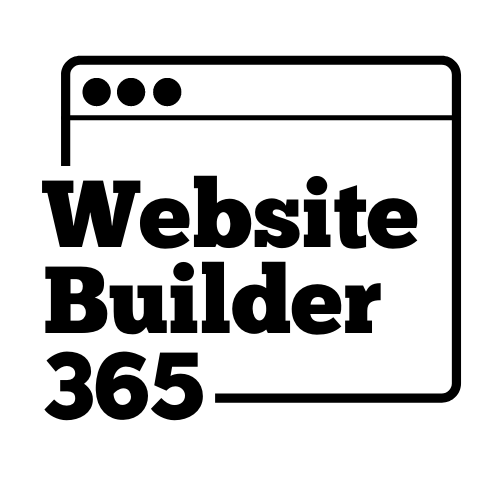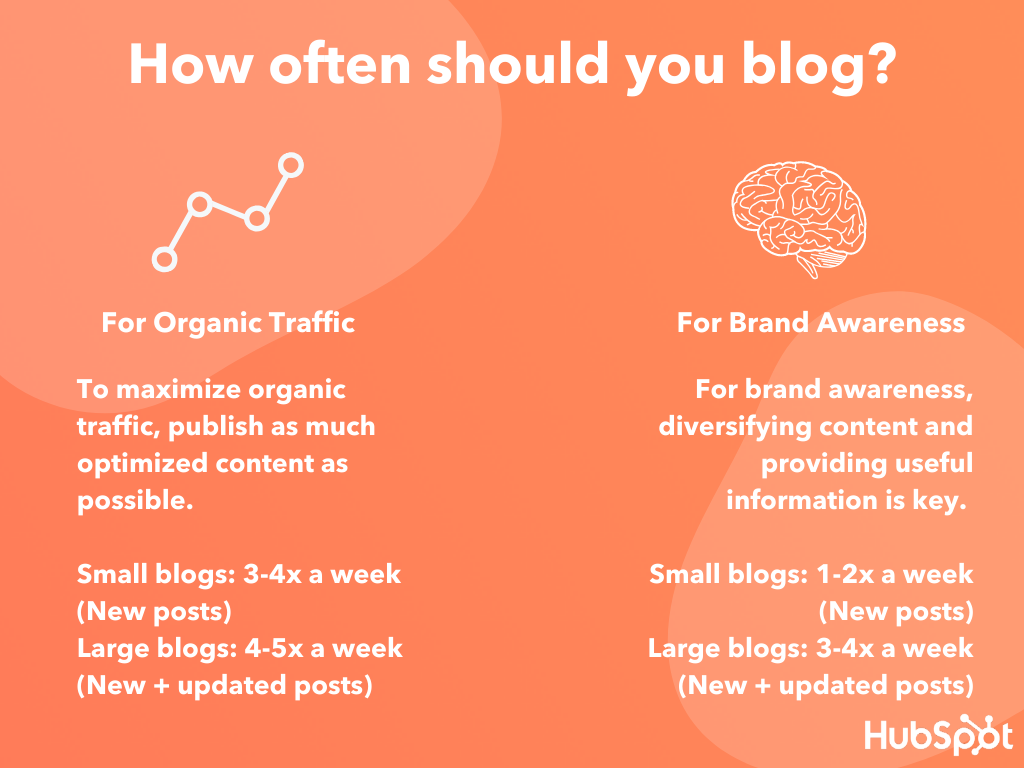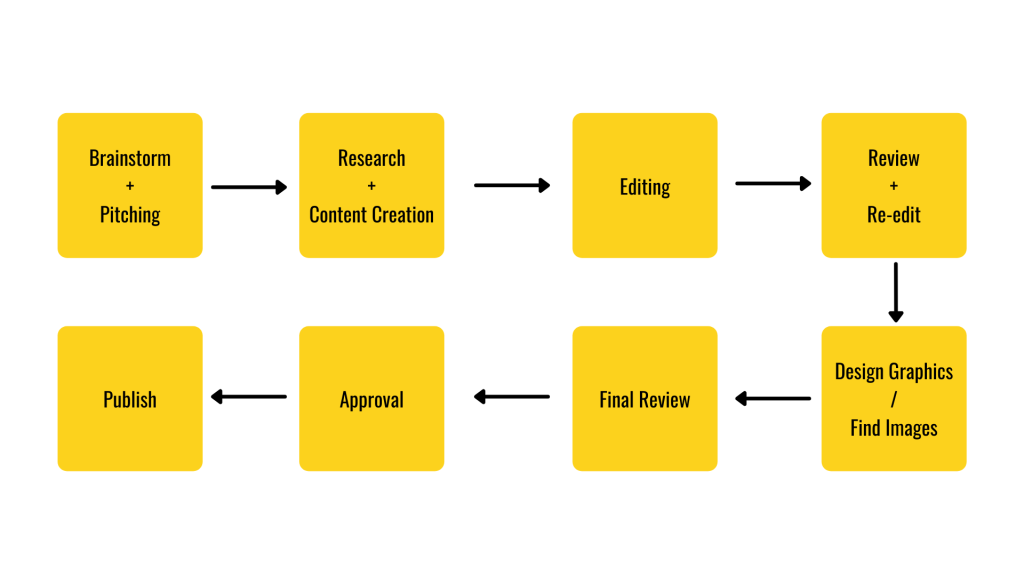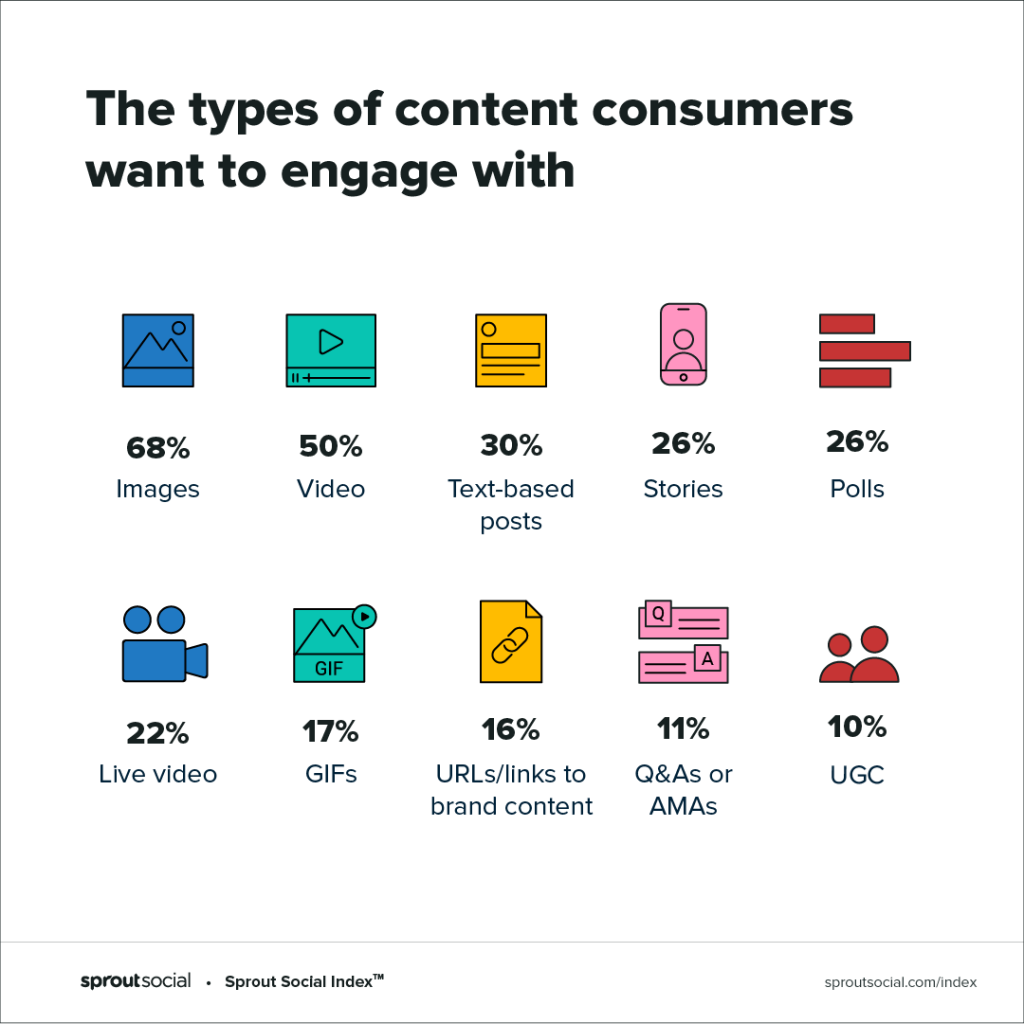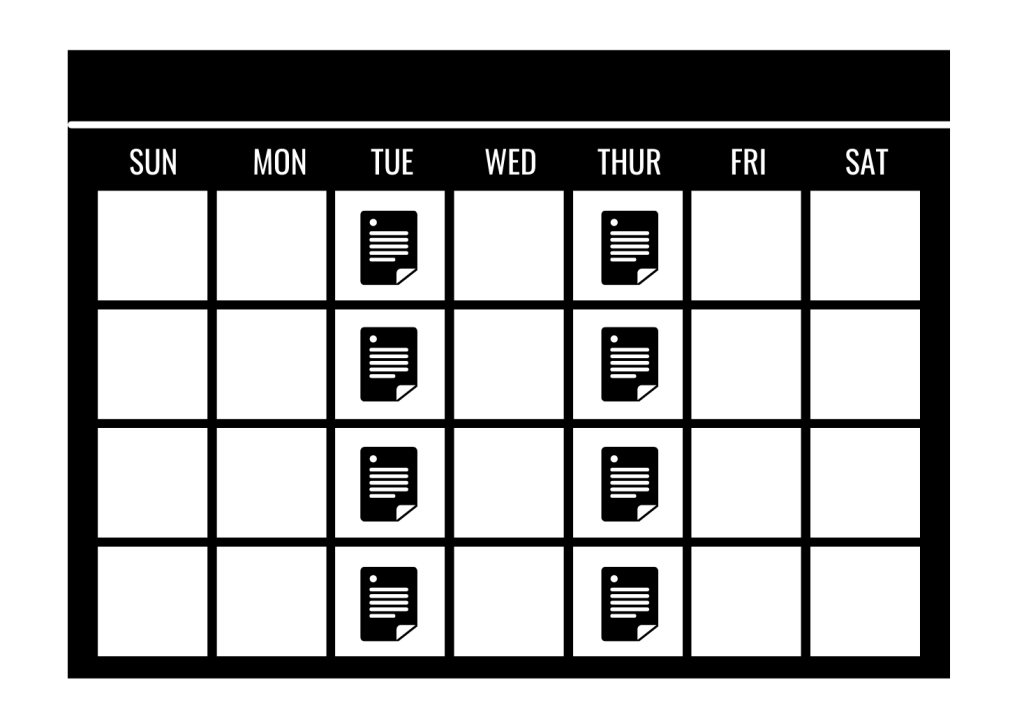How Often To Post On Your Website?
You might have heard of this phrase “Content is King”, the famous essay written by Bill Gates in 1996, where he predicted,
- Online content will be the next major moneymaker, just like in TV
- Anyone and everyone can participate in this market
- The internet will create a level playing field for all—large and small businesses, and individuals
- Content will go from local to global
More than 20 years after his prediction, we can only say this is indeed the world we currently live in. Anyone can now create any kind of content anywhere they want. They can write, take photos, create illustrations, produce videos, record podcasts, and much more.
The downside, however, is with the shrinking attention span, less than 8 seconds according to studies. It makes it harder for website owners/content creators to capture and retain audience interest in the sea of content. As a reference, there are 7.5 million blog posts published every day! It is also no wonder people often feel overwhelmed with this avalanche of content.
This leads us to today’s topic. Can “too much” content be a bad thing? What is considered “too much”? How often should we be producing and publishing new content so it wouldn’t turn in “noises” instead?
Goal For Publishing Content
Before you start creating content, it is important to identify your goal. It will affect your publishing frequency.
- Boost website traffic, build an audience base, increase organic search volume ⟶ Weekly, a few times a week
- Boost brand awareness, establish a voice in the industry ⟶ Regularly, relatively less frequent
If you are constantly publishing new content, you have a higher chance to attract and retain new audiences. They are also likely to return to your website more regularly if they find it useful. However, it is also to note that this is not the absolute and only method to gain traffic. As Moz has pointed out, while some achieved the goal by posting every day, some could also increase their website traffic even when they are only posting new content monthly.
And in some cases, you might lose audiences if you are posting too frequently as it’s “too noisy”.
Source: HubSpot
What is Your Capability?
Content doesn’t just pop up out of nowhere. It is your editorial team—the writers, editors, illustrators, etc.—who will be producing and publishing the content.
If you are on your own, the one who brainstorms, researches, writes, fact-checks, edits, and publishes. Sooner or later, you will get overwhelmed if you are trying to crank up content (with all those steps involved) every day.
If you find yourself stuck with what to create. Maybe you are low on resources (manpower), burnout from constantly pumping out fresh content, or trying to figure out ways to retain your audiences. This might be a good opportunity to adjust your content strategy.
For example, if you have a big topic that you are planning to talk about, why not separate it into multiple pieces? Feel stuck writing long guides—How about writing insights, product/service reviews, or listicles instead. Want to spark your creativity—try creating infographics or videos.
Another way is to outsource some to contractors or contributors to write for your website. This can help supplement your content calendar, bring up new topics that you might not have thought of, and build partnerships potentially reaching different audience groups.
Your Audience’s Preferences?
What is your target audience group? Do you know their consumption pattern? What do your audiences generally prefer—long or short-form content, text-based or visual? Are they actively engaging with your website content? For instance, actively commenting (if you allow this function) and reading your content from top to the end?
Source: Sprout Social
Track your website metrics and analyze the data to understand your audience’s content consumption behavior.
- Audience actively engaging with your content → post more to keep up the with appetite
- Audience spent a longer time on the page to read through your content → focus on the quality and provide valuable content
Set Up A Publishing Schedule
Two major reasons why you should set up a publishing schedule and keep it consistent
- For your audiences—establish a level of trust and consistency by posting regularly, audiences will learn how often should they come back and check out for new content
- For search engines—send signals notifying them that our website is still alive and offering new and fresh content regularly
How Often Should You Be Posting New Content?
Unfortunately, there is no definite answer to this. It all depends on the situation and a combination of different factors. What is your goal? Do you have enough bandwidth? Who are your audiences?
To know what works, what doesn’t, what is the “sweet spot” for your website, you will need to do some experiments.
- Adjust your publishing cycle
- Diversify and mix up your content type
- Change the length of your content
If you are mostly publishing content later in the day, try scheduling it in the morning when everyone is commuting to work. Or try posting content on another day of the week.
By tracking the data, it should tell you when and what time would be “the best time” for higher engagement. Even if you see a rise in website traffic, remember to take a look at other factors before finalizing your content strategy. Higher traffic does not always directly translate to higher engagement.
The key here is to consider the availability of resources, discover audience preferences, and website goals, and strike the balance between the quality and quantity of content. The answer is probably different for everyone, there is no one-size-fits-all strategy. But I am confident that you will also be able to figure out the “right strategy” that works best for you and your website.
Start creating and publishing content today so you can start testing out a content strategy for yourself. If you don’t have a website, try using the website builder from Website.com. You can easily pick it up even if you’re a newbie in website building.
However, if you are seeking more customization and control over your website, content management systems like WordPress would be better for you.
